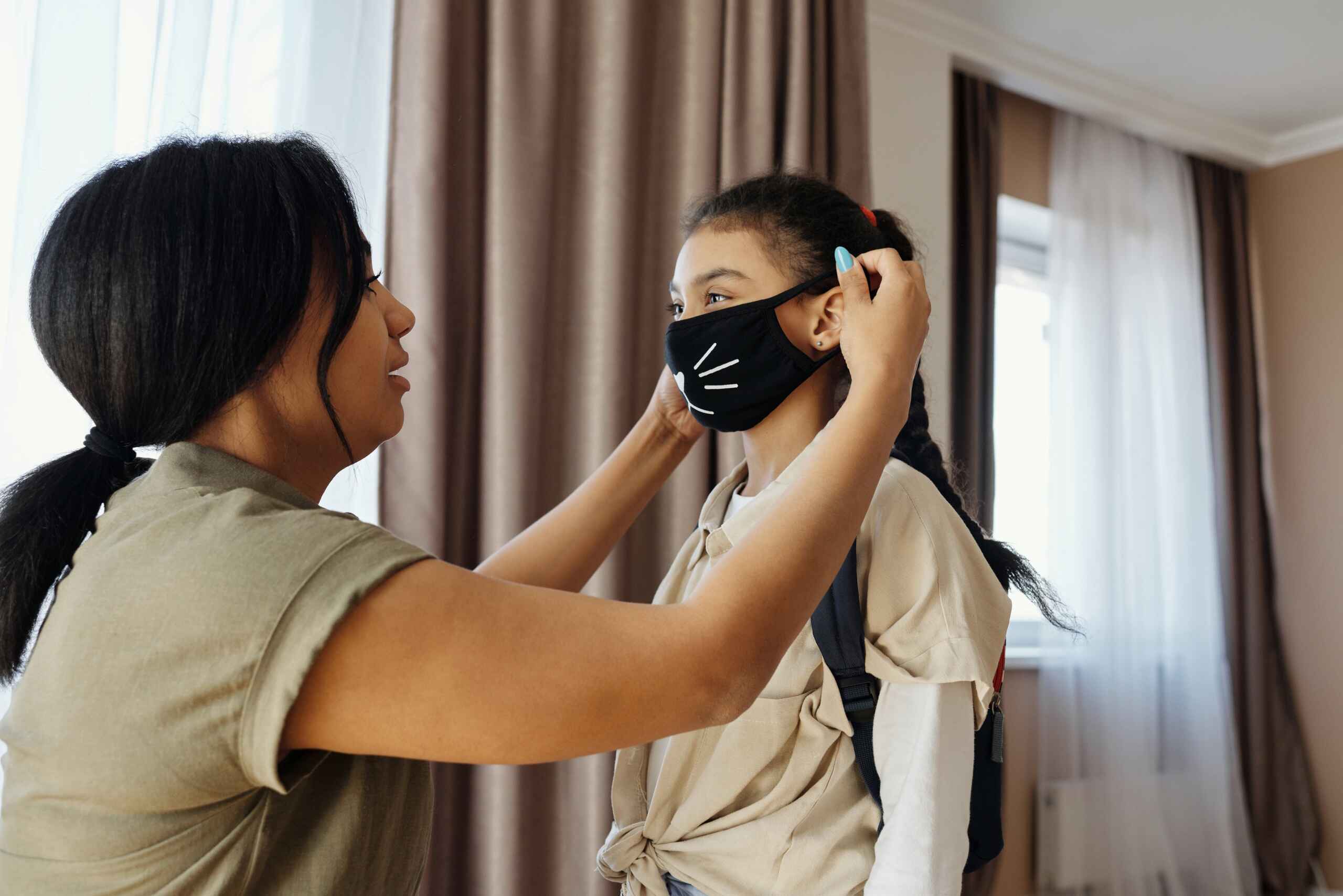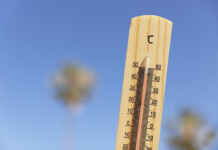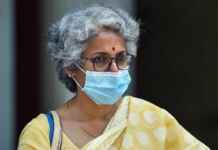Bringing back memories of the COVID-19 pandemic, China is currently dealing with a surge in respiratory illnesses, primarily affecting children, similar to pneumonia. As winter sets in and influenza continues, India has issued a health advisory, urging states to review public health preparedness in response to the rising cases in northern China.

What’s Happening in China?
On November 13, China reported a surge in respiratory illnesses, particularly among children. The spike is attributed to the end of COVID restrictions, the onset of winter, and the circulation of known pathogens, including influenza, mycoplasma pneumonia, respiratory syncytial virus (RSV), and SARS-CoV-2 (Covid-causing virus). ProMED, a public disease surveillance system, highlighted overwhelmed hospitals in Beijing, the northeastern Liaoning province, and other areas due to a pneumonia outbreak.
Symptoms and Reassurances:
Symptoms include fever, lung inflammation, and pulmonary nodules. However, there have been no reported deaths, and cases of mycoplasma pneumonia in children are being successfully treated with antibiotics. While concerns on social media label it as a “new virus coming from China” or “new COVID,” the World Health Organization (WHO) has requested more information from China on children suffering from undiagnosed pneumonia. Beijing reassured that no unusual or novel pathogens had been detected.
Expert Opinions and Possible Causes:
Experts attribute the surge to winter’s arrival, the end of COVID restrictions, and children’s lack of prior immunity. Francois Balloux of University College London suggests that the anticipated post-lockdown waves could be substantial in China. There is no evidence to suggest the emergence of a novel pathogen.
#COVID Returns, Never Left, or a New #Virus Emerges?
Recently, numerous cities across #China have seen children's hospitals overcrowded, with a widespread online circulation of news about mass infections among medical staff.
There's been a surge in cases of children suffering… pic.twitter.com/K4EtpdxBgM— Inconvenient Truths by Jennifer Zeng 曾錚真言 (@jenniferzeng97) November 23, 2023
Other experts from the University of the UK elaborated that existing infections in adults hint at immunity from prior exposure.
Recommendations from WHO and India:
The WHO recommends standard preventive measures, including vaccination, isolation if symptoms appear, testing, and mask-wearing, if necessary. Travel restrictions involving China are currently not advised. In India, the health ministry emphasizes the importance of monitoring the situation during the influenza and winter seasons. The government assures that there is no need for alarm but urges a proactive review of public health and hospital preparedness.
India’s Preparedness Measures:
India advises states to implement operational guidelines for revised surveillance strategies, emphasizing integrated surveillance of respiratory pathogens. Monitoring trends of influenza-like illness (ILI) and severe acute respiratory illness (SARI), especially among children and adolescents, is crucial. Data will be uploaded on the IDSP-IHIP portal, and nasal and throat swab samples are recommended for testing respiratory pathogens.
As the situation unfolds, staying informed, following standard precautions, and adhering to health guidelines are essential for safeguarding public health.

































